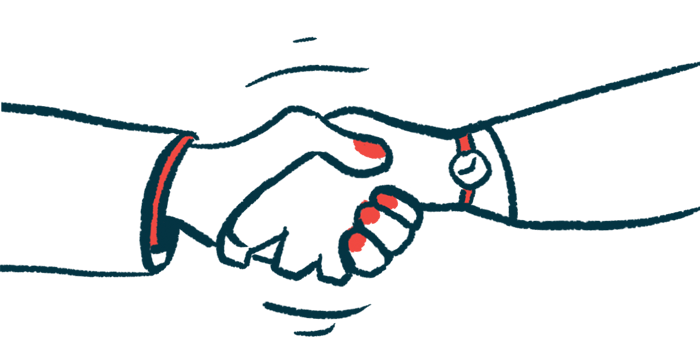New partners hope to advance innovative gene-editing technology
Novo Nordisk and Life Edit may target rare diseases, cardiometabolic disorders
Written by |

In a new collaboration, Novo Nordisk plans to explore Life Edit Therapeutics’ innovative gene-editing technology for the treatment of rare genetic diseases, such as aromatic l-amino acid decarboxylase (AADC) deficiency.
The therapeutic targets have yet to be disclosed, but the partnership provides for the development of as many as seven programs. These may also include more common cardiometabolic diseases, such as heart attack, stroke, insulin resistance and diabetes, and non-alcoholic fatty liver disease.
“At Novo Nordisk, we are committed to continuously building and leveraging technology platforms that open up new opportunities across our therapeutic areas to deliver potentially curative treatment options to people living with serious chronic diseases,” Marcus Schindler, PhD, executive vice president and chief scientific officer at Novo Nordisk, said in a joint press release.
“We are excited about the opportunity to co-create novel treatments for multiple genetic diseases based on Life Edit’s gene editing technologies,” Schindler added.
In addition to an upfront cash payment for the deal, Life Edit will be eligible for additional payments based on the success of these development programs, which will be conducted and funded by Novo Nordisk alone.
AADC deficiency is an extremely rare disease caused by mutations in the DDC gene, which provides instructions for making an enzyme called AADC. The enzyme is responsible for the final step in the production of dopamine and serotonin, two key neurotransmitters, or chemical messengers that nerve cells use to communicate.
Low levels of AADC or the production of a faulty enzyme result in developmental delays and other symptoms that begin at a young age.
As with other genetic diseases, attention has been turning to gene therapy as a way to treat AADC deficiency. Standard gene therapy typically works by delivering a working copy of the mutated gene to cells, without altering the cell’s DNA.
Upstaza was first gene therapy to target underlying cause of AADC deficiency
Notably, one such therapy, Upstaza (eladocagene exuparvovec), was approved last year in the European Union and in the U.K. as the first to target the underlying cause of AADC deficiency. Its developer, PTC Therapeutics, is planning to file a similar regulatory application in the U.S. in the coming months.
Life Edit’s next-generation gene-editing technology, called base editing, is a type of gene therapy that works in a different way. It makes highly specific changes in a gene’s sequence while keeping the rest of the sequence unaltered. Specifically, it converts one nucleotide (a building block of DNA) into another without cutting both strands of DNA.
“This precision is intended to reduce the risk of off-target effects and makes base editing a potentially effective approach for correcting genetic mutations associated with diseases,” the release stated.
“The advancements we’ve made to our next-generation gene editing platform and base editing capabilities are opening the next frontier of treating disease through DNA editing,” said Mitchell Finer, PhD, Life Edit’s CEO.
“Combining our Life Edit platform and the ability to make any edit anywhere with Novo Nordisk’s deep disease biology and engineering expertise will bring us closer to delivering potentially curative therapies for some of the world’s most challenging genetic diseases,” added Finer, who is also president of research and development at ElevateBio, the company that owns Life Edit.





